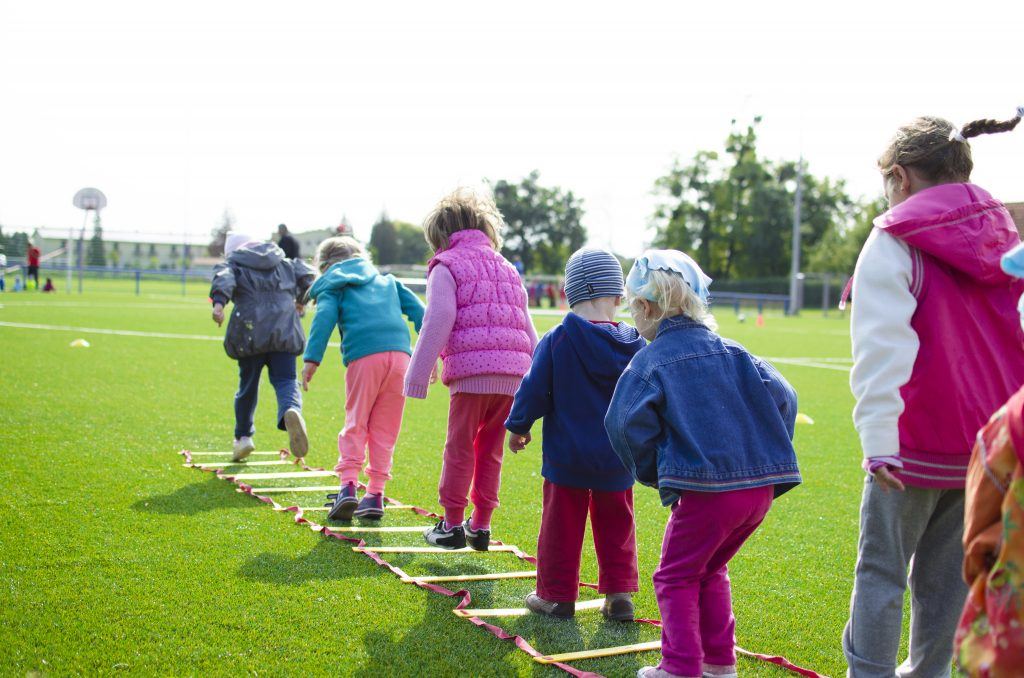Children do not make this decision consciously. They either like doing something or don’t. If they like sports, they are more likely to play sports. If they are encouraged to play outdoors and stay active with their siblings and friends, they will do so. Having athletic ability means we perform well in sports. If we don’t perform well, should we count ourselves or our children out? Do we say that we are not athletic, therefore, we are not active? 25% of children in Canada can be classified as either overweight or obese.
There are even more challenges in low socioeconomic areas, where the means to provide children with money and time to play and develop their skills is more difficult to come by. The importance of physical literacy cannot be stressed enough. It is an integral part to a child’s development and a proven way to become a healthier, more confident individual.
What is physical literacy?
In recent years, there has been a growing interest in physical literacy (PL). Its importance has been recognized worldwide because it is an influential factor in the quality of life of all individuals. PL can be considered the ultimate goal for physical education curriculums in schools.
At its core, physical literacy is so much more than just driving people to become physically competent. While competency is a fundamental aspect, the idea is for individuals — young and old — to find the motivation to participate in physical activity and fully engage to an active lifestyle. Being physically literate translates to higher self-esteem and happiness, more engagement at school, lower risk of illness and disease, and a higher revenue later on in life.
Why is physical literacy so important for children between the ages of 5-8 years?
Between the ages of 5 and 8, we normally see a significant drop off in physical activity. Only 14% of children within this age range in Canada maintain the recommended 60 minutes of physical activity per day. On average, these children are sedentary for eight hours a day, so it has become increasingly important to focus our attention at instilling the core values that come with healthy living. These are important developmental years for children and giving them a sense of control over their bodies will, in turn, boost their confidence as they grow.
- A physically active child, means a healthy child;
- Active children are proven to be better students;
- Children will be at lower risk of dropping out of school; and,
- It typically translates into healthy living well into adulthood.
Let’s Stay Connected
Join our mailing list so we can keep you updated about upcoming events and new program initiatives, share our impact and more.
Let's stay connected
We will get back to you as soon as possible.
Please try again later.





